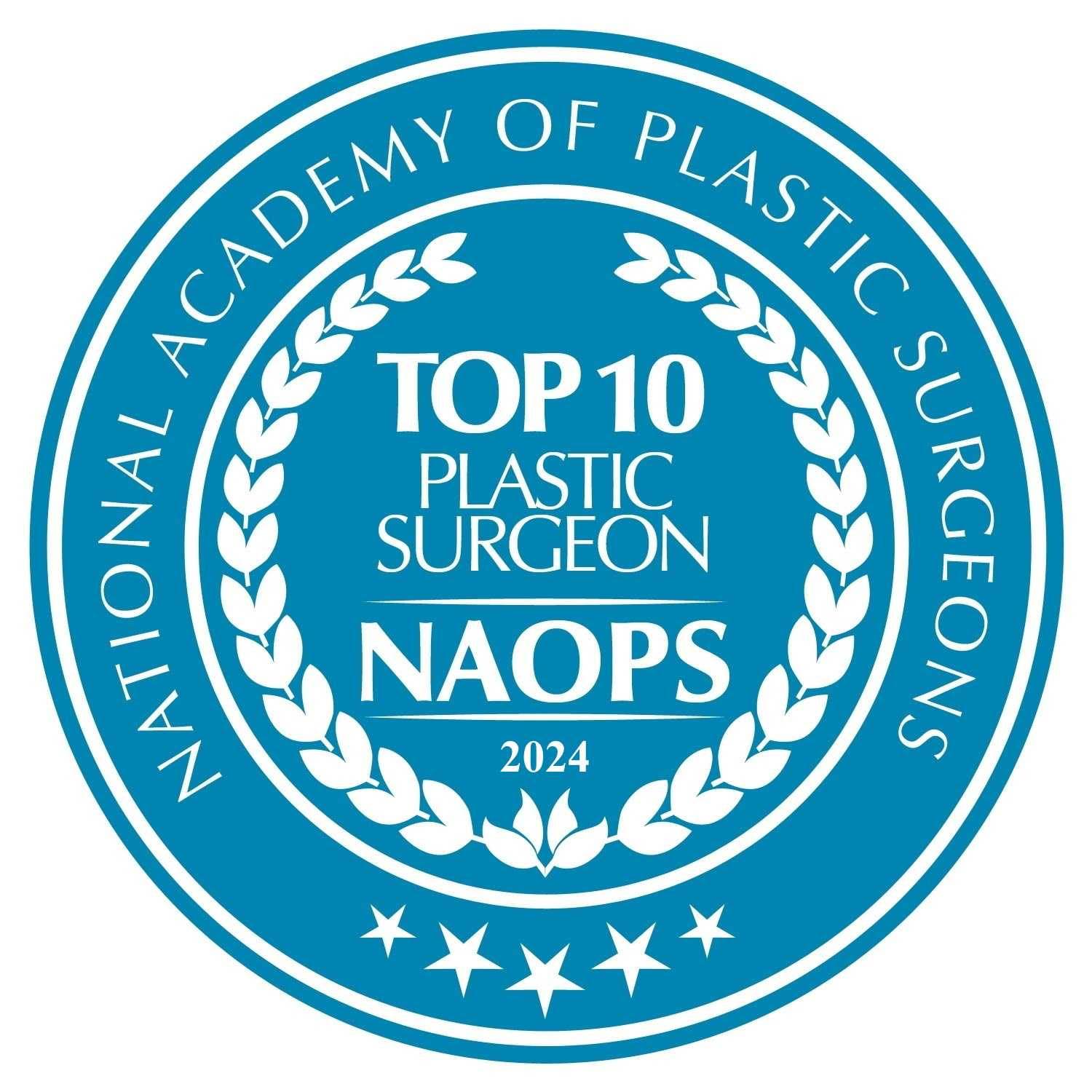Eyelid Surgery

If You’re Considering Eyelid Surgery…
The idea behind this particular article is to give you a better understanding of eyelid surgery in order to assist in your contemplation of having the surgery done. The article will elaborate on the circumstances in which eyelid surgery can help as well as the finer points of the procedure and the results to be expected. However, often the particulars of the surgery can change based on the patient and on the surgeon performing the procedure. In order to get a full understanding, be sure to pose any questions you have to Dr. Leonard.
The Best Candidates for Eyelid Surgery
All Surgery Carries Some Uncertainty and Risk
A few minor risks can at times follow eyelid surgery, including temporary double or blurred vision, swelling at the corner of the eyelids, and a slight asymmetry in healing or scarring. There is also the possibility of small whiteheads appearing following the removal of your stitches; however, Dr. Leonard can very easily remove these using a fine needle.
Finally, it is not unheard of for patients to have a difficulty closing their eyes to sleep, though this is rarely permanent. In addition to this, ectropion, a pulling down of the lower lids, is another rare complication, which may necessitate further surgery.
Planning Your Surgery
Dr. Leonard, or a nurse, will also test your vision during this time as well as assessing tear production in your eyes. Relevant information from your ophthalmologist should be offered, or even a full record from your most recent eye exam. Glasses or contact lenses, if worn, should be brought along.
At this time, Dr. Leonard will also discuss any goals and expectations you have for your surgery with you. The specifics of the surgery will also be discussed, particularly whether you’d like all four eyelids done or just the upper or lower, whether skin should be removed, and the possible necessity of any additional procedures.
Anesthesia and techniques used will also be discussed with Dr. Leonard, as well as the facility for the surgery, and any risks and costs attached to the procedure. It is important to note that you will want to check with your insurer on your coverage regarding eyelid surgery. Be sure to put any questions you might have to Dr. Leonard, particularly any worries and expectations concerning the aftermath of the surgery.
Preparing For Your Surgery
Where Your Surgery Will Be Performed
Types of Anesthesia
In most situations general anesthesia will be used, which will put you to sleep for the duration of the procedure.
The Surgery
As far as the specifics of the operation, Dr. Leonard will begin with incisions along the natural lines of your eyelids; this will be along the creases of your upper lids, and below the lashes of your lower lids. These incisions have the potential to extend into any crow’s feet or laugh lines around your eyes. Dr. Leonard will then work these incisions in order to separate skin from any fatty tissue or muscle, then remove excess fat and trim skin and muscle. Fine sutures will then be used to seal these incisions.
Should your lower eyelids have any fat beneath them but lack the need for any removal of skin, Dr. Leonard might potentially resort to a transconjunctival blepharoplasty. This long phrase refers to an incision being made inside your lower eyelid, which will not leave any visible scar. This procedure is typical for younger patients, who have thicker, often more elastic skin.
After Your Surgery
Dr. Leonard will advise elevation for your ahead for a few days as well as the use of cold compresses for swelling and bruising. Bruising, depending on the patient, will typically linger for anywhere between two weeks and a month. The process for cleaning your eyes will be laid out for you, as some gumminess will typically result for the surgery. Eye drops can be helpful, as your eyelids may feel dry, causing your eyes to burn or itch. Some other results that may be present in your first few weeks include excessive tearing, sensitivity to light, and temporary blurred or double vision.
Dr. Leonard will monitor your progress during the first few weeks of recovery. Stitches will be removed in the days following the surgery, which will help to mitigate swelling and discoloration.
Getting Back to Normal
As far as activities, it is important to avoid those activities that will raise your blood pressure, such as lifting and rigorous sports. It may be suggested that you avoid alcohol, as this may affect fluid retention.
Your New Look
On the bright side, that alert and youthful look you were seeking will last far beyond any negative temporary scarring or bruising. These positive aspects are typically permanent.
Resources:
https://leonardplasticsurgery.com/projecteyelid-surgery%20
Contact Leonard Plastic Surgery
Leonard Plastic Surgery
Water Place │ 500 Liberty Street S.E., Suite 400 │ Salem, OR 97301
(503) 391-2760 │leonardplasticsurgery@gmail.com





